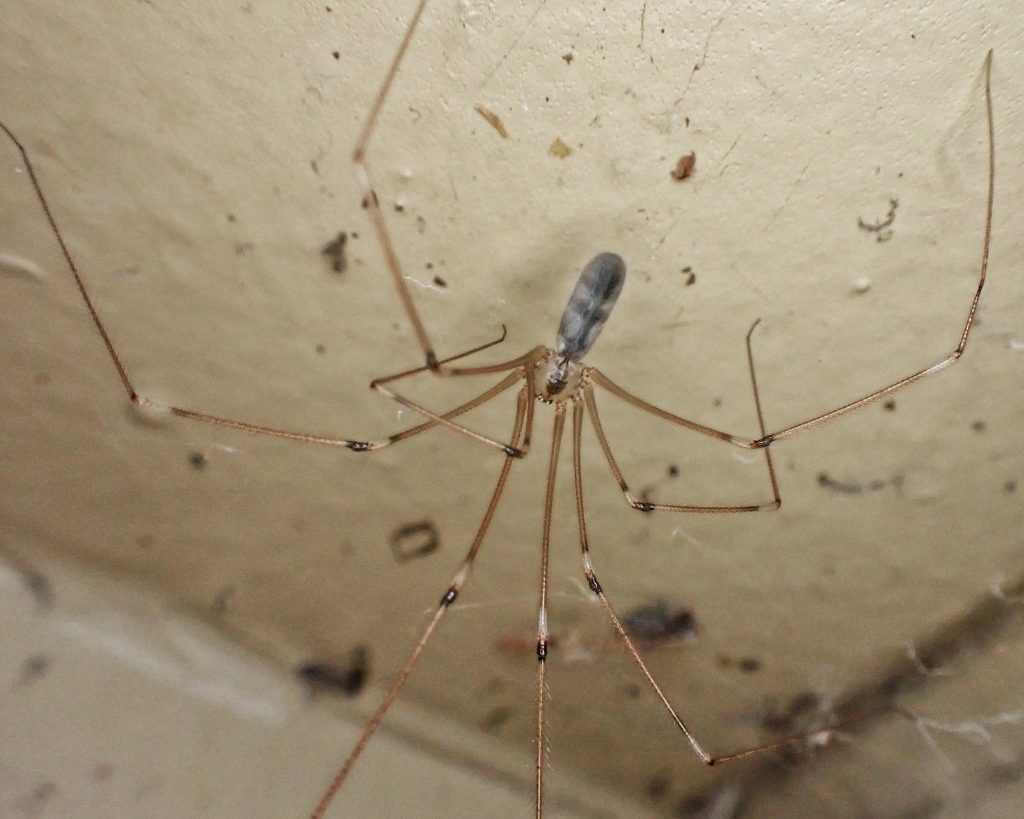
This is the Pholcus spider I talked about in the blog ‘In Search of Spiders’. They are probably familiar to most people, having as they do a predilection for living in the upper corners of basements, cellars, and bathrooms. They are often called ‘daddy longlegs’, but share that sobriquet with the harvestmen (arachnids that also sometimes have very long legs, but are in the order Opiliones and are not spiders, and can be recognized by the fact that their thorax and abdomen are a single unit). The accepted common name for Pholcus phalangioides is long-bodied cellar spider, and their family, Pholcidae, are called cellar spiders.

Compared to the intricate beauty of many orb weaver spider’s webs, those of Pholcus phalangioides are often messy affairs, and in areas with a large P. phalangioides population they are often crowded almost on top of each other. These spiders do share a defensive trait with many of the orb weavers, and that is that when they feel threatened they will whirl around the center of the web so fast that they become a blur. I’ve never observed this in these spiders but I’ve seen other spiders do this and it’s rather amazing to watch. It is unclear whether it actually frightens predators, or merely makes the spider so hard to see that the predator loses interest.
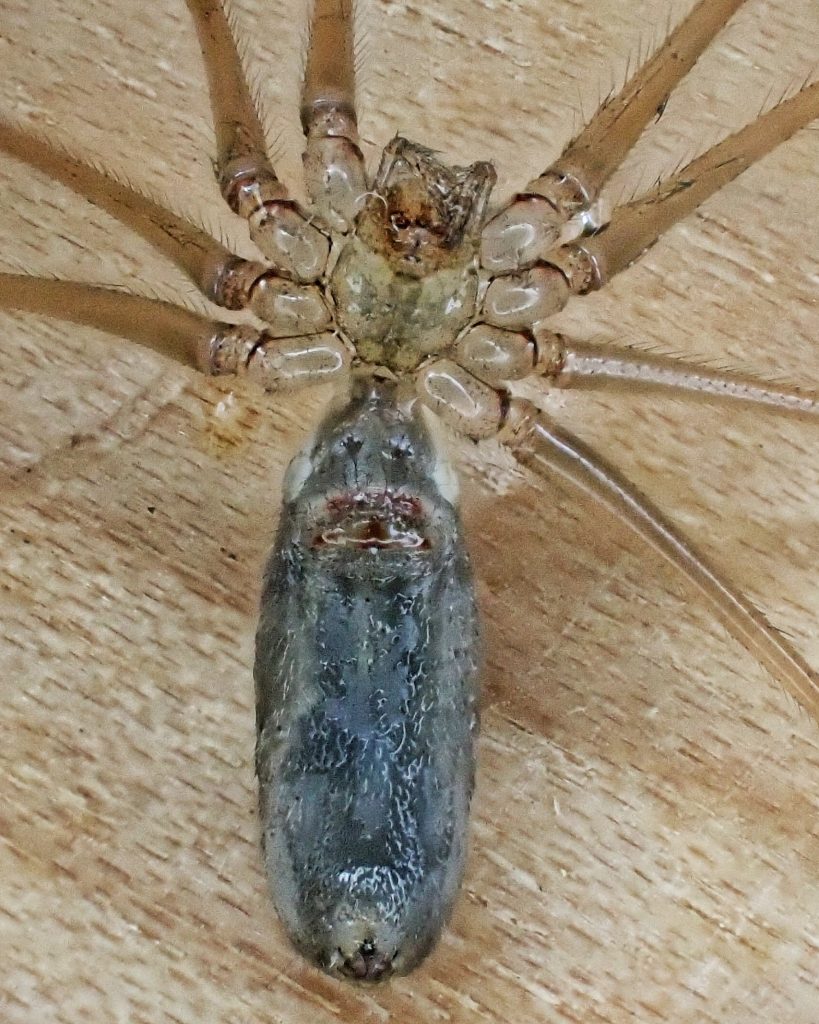
Description– Small (total body length 6-10mm) light yellow grey to translucent spider with very long, mostly translucent legs (up to 5 times the length of the body); carapace has an amorphous dark mark in the middle, extending to each side of the a thoracic groove; abdomen (in spiders the call it the opisthosoma) with abundant short, fine hairs, mostly light grey with translucent areas along the margin; the 8 eights are arranged in 2 tight groups of three, one group on each side of the cephalothorax, with 2 eyes slightly below and between the triads.
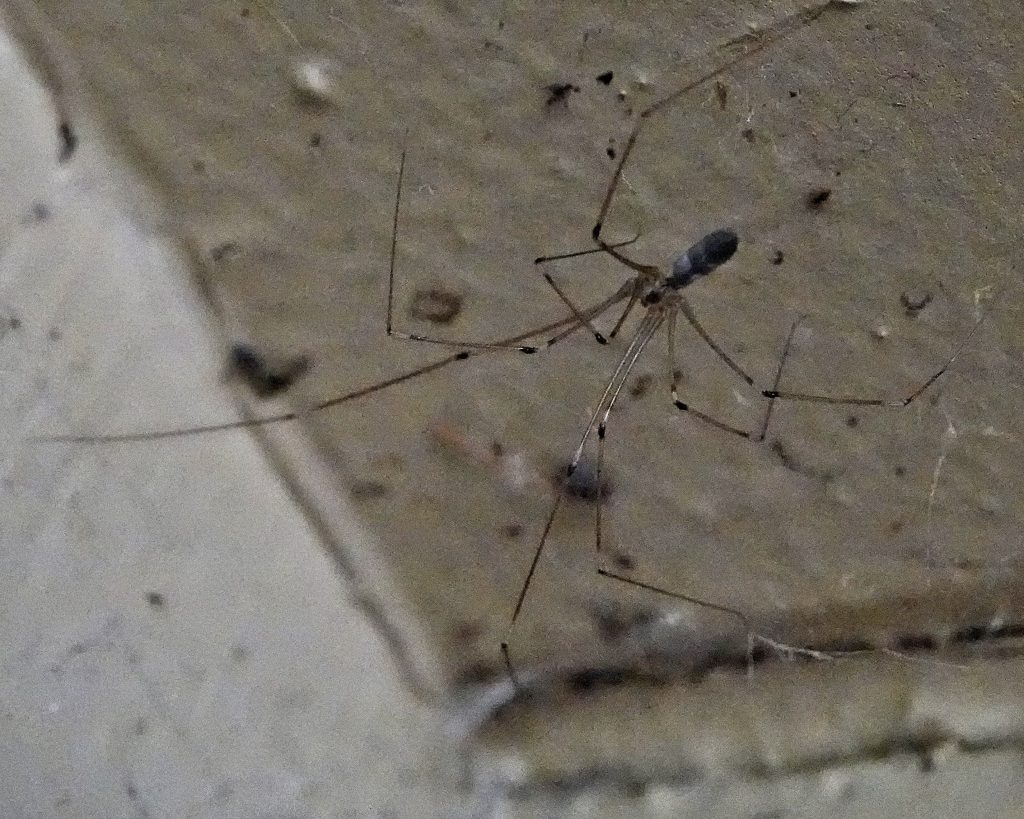
Similar species– There are 2 other, mostly eastern Pholcus one may find in the more arid parts of our region– “Pholcus manueli has two dark, vertical stripes on the clypeus (the space between the bottom row of eyes and the beginning of the chelicerae), while P. phalangioides & P. opilionoidesdo not. The dark medial mark on the carapace of P. manueli is more distinctly divided than the medial mark on P. phalangioides. And P. opilionoides can be separated from the others by the dark marks on the lateral border of their carapace. P. phalangioides also gets bigger than the other two species, at least twice as large in some cases. Also, the eyes are much more closely grouped in P. manueli than in P. phalangioides.” Species Pholcus phalangioides – Longbodied Cellar Spider – BugGuide.Net; and Rod Crawford told me in an email- “we are now being invaded by Holocnemus pluchei. This pholcid is similar to Pholcus in size and shape, but has some very distinctive features: 1) a broad black band running the length of the ventral side, like this: https://bugguide.net/node/view/2135936 2) a distinct hump on the sternum, 3) female palp tarsi expanded like a juvenile male.”
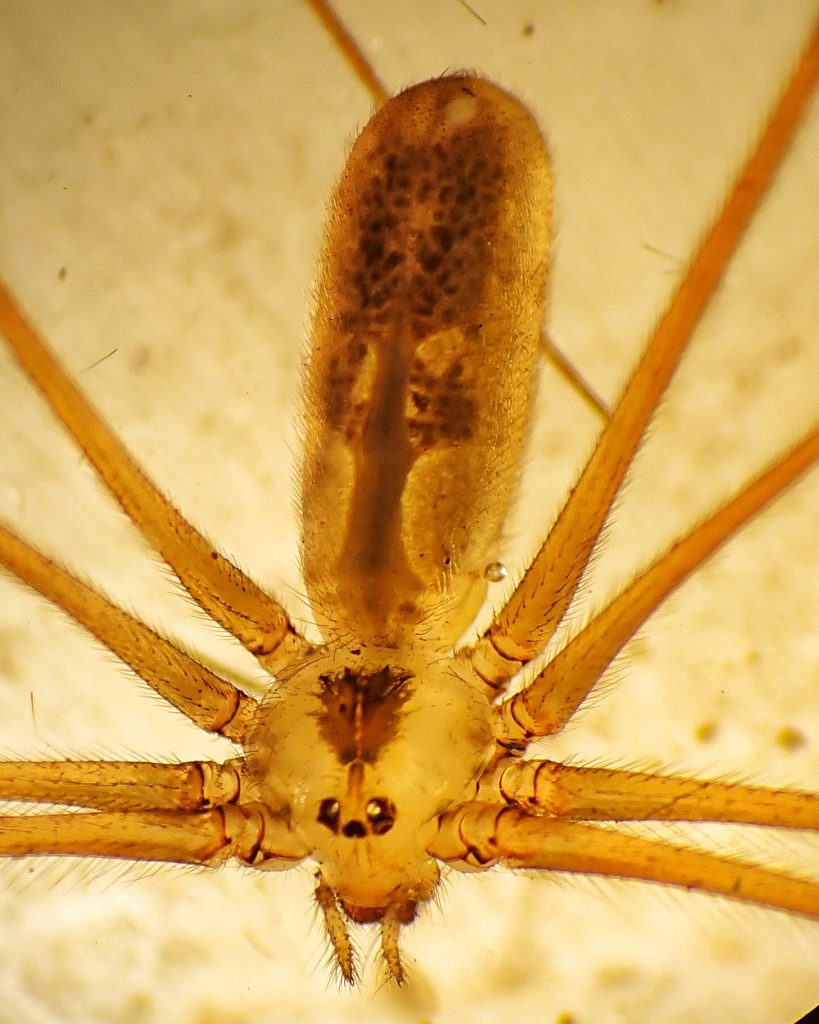
Habitat– Usually found in and around buildings and other man-made structures; closely associated with human activity (synanthropic); particularly fond of cellars and basements, and other low light, high humidity, sheltered environments; in nature they are usually found in caves, overhangs, and between rocks.
Range– Native to Asia, now cosmopolitan; found region wide in appropriate habitat in the PNW.
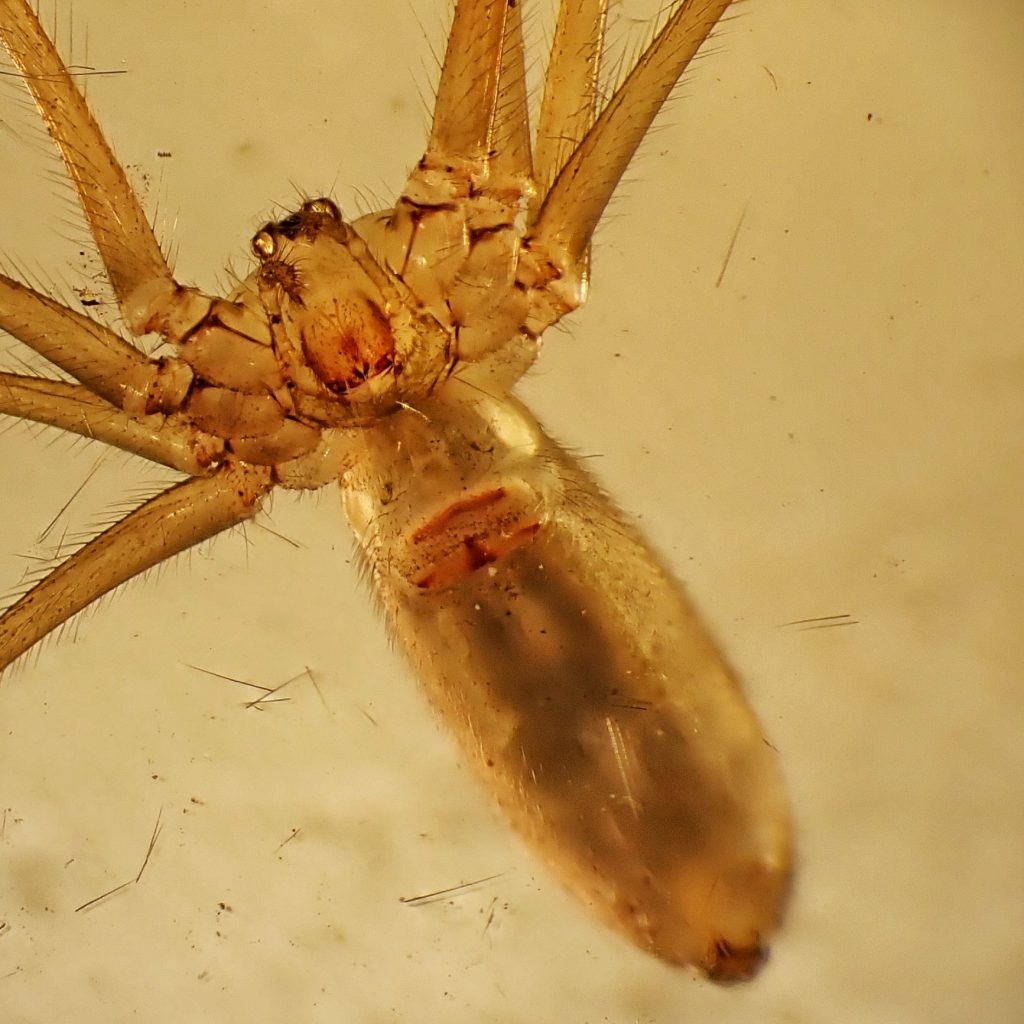
Eats– “Insects and other spiders; prey much larger than themselves don’t seem to pose a problem for them. For example, a hobo spider, large wolf spider, and crane fly in the following examples…” [photos at] Species Pholcus phalangioides – Longbodied Cellar Spider – BugGuide.Net; “Pholcus phalangioides seems to prefer other spiders and small insects as prey. Also, males and females have both been known to engage in cannibalism. Females have been seen invading another spider’s web, eating that spider, and using the foreign web to catch new prey for themselves.” ADW: Pholcus phalangioides: INFORMATION
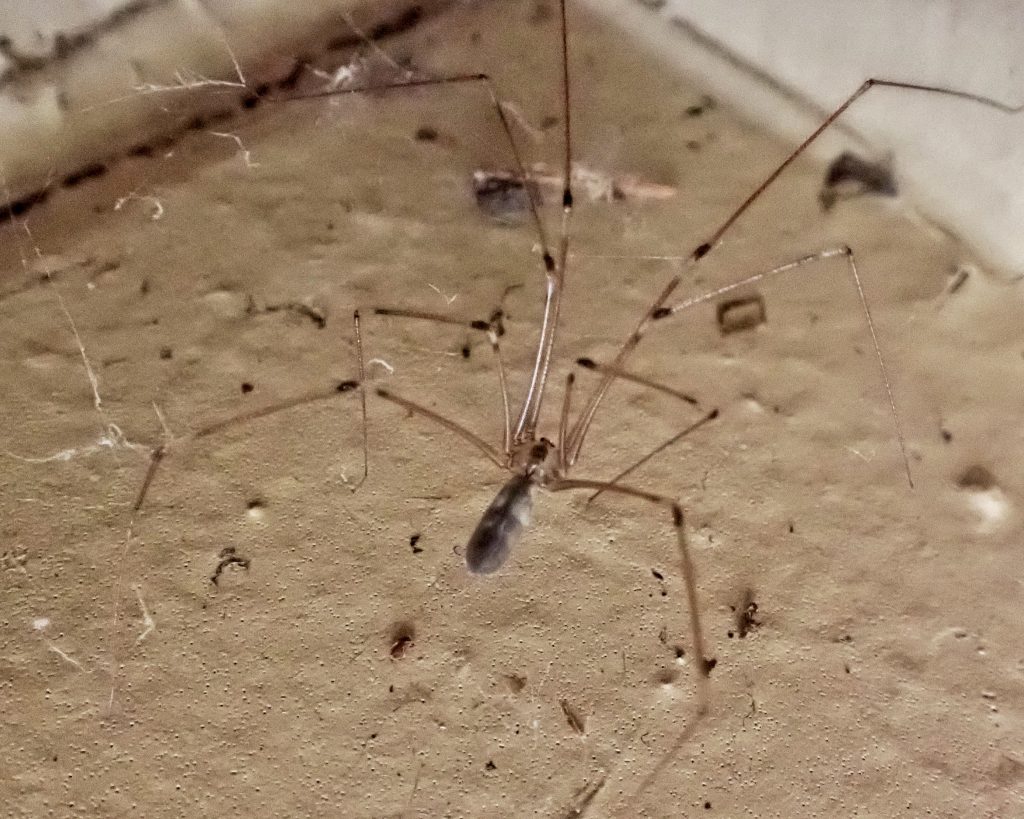
Eaten by– “This species is preyed upon by jumping spiders of the Salticidae family. Some of these spiders simply leap into the webs of their prey and attack them. Others, employ a certain strategy known as mimicry in order to trick P. phalangioides and capture them…A jumping spider species whose aggressive mimicry behavior towards P. phalangioides has been well studied is the Portia fimbriata jumping spider species of the genus Portia. During mimicry, the jumping spider produces certain specialized vibrations near the edge of the webs of P. phalangioides. These vibrations cause the webs of P. phalangioides to oscillate in such a way that they mimic the oscillations that would be produced when a form of prey gets stuck in the web. The jumping spider will then continue on with these vibrations for very long durations of time, up to three days in some instances. P. phalangioides often assume that this is an indication that they have caught some sort of prey and will move toward the host of the vibrations. At this point, the jumping spider is in an optimal position to leap onto and attack P. phalangioides, thus subduing them in many instances.” https://en.wikipedia.org/wiki/Pholcus_phalangioides;
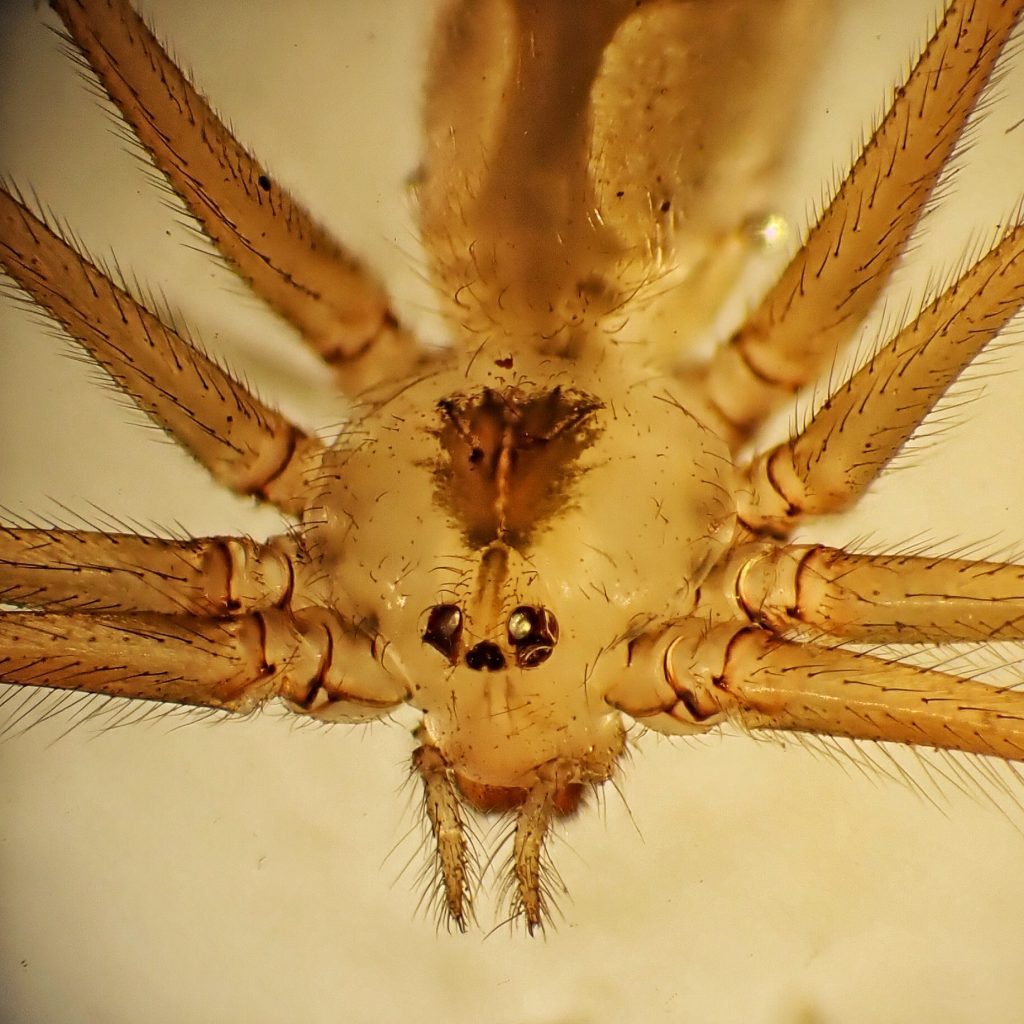
Life cycle– “In studies done by Gabriele Uhl at the University of Bonn, male P. phalangioides seemed to be attracted to and to mate with larger females more often than smaller females. This may increase reproductive success for males, because large females produce more eggs than smaller females. (Uhl, November 1998). Before mating, a male spider deposits some sperm onto a little web, and then sucks it into a special cavity within his pedipalp. During mating, which can take several hours, the male deposits his sperm into the female’s epigynum, which is an opening on the underside of her abdomen. Females can store the sperm in a special cavity at the beginning of the uterus, called the uterus externus, until it is time for her eggs to be fertilized. Timing of fertilization and laying depends on the availability of food. Because the sperm are stored for some period of time, it is possible for a female to mate again. If this occurs, the sperm from the two males mixes in the uterus externa. However, the sperm of the last male mated with has priority in fertilizing the eggs. This is because of a mechanism of sperm removal during mating. Males perform rhythmic movements of their intromittent organs during copulation, which results in extrusion of most of the sperm already in the uterus externa. After a female lays her eggs, she wraps them in silk strands and carries the package in her chelicera (jaws), located on the underside of her body. (Emerton, 1902; Jackman, 1997; Stüber, 1999; Uhl, November 1998)…The only parental care female P. phalangioides offer their young is nine days of protection as the prenymphs finish developing into spiders. (Stüber, 1999)…Pholcus phalangioides can live up to about three years.” ADW: Pholcus phalangioides: INFORMATION ; “Both male and female spiders can be found in heated structures throughout the year. It takes approximately one year for the spiders to mature and they can live for two or more years as adults.” https://extension.psu.edu/longbodied-cellar-spider/
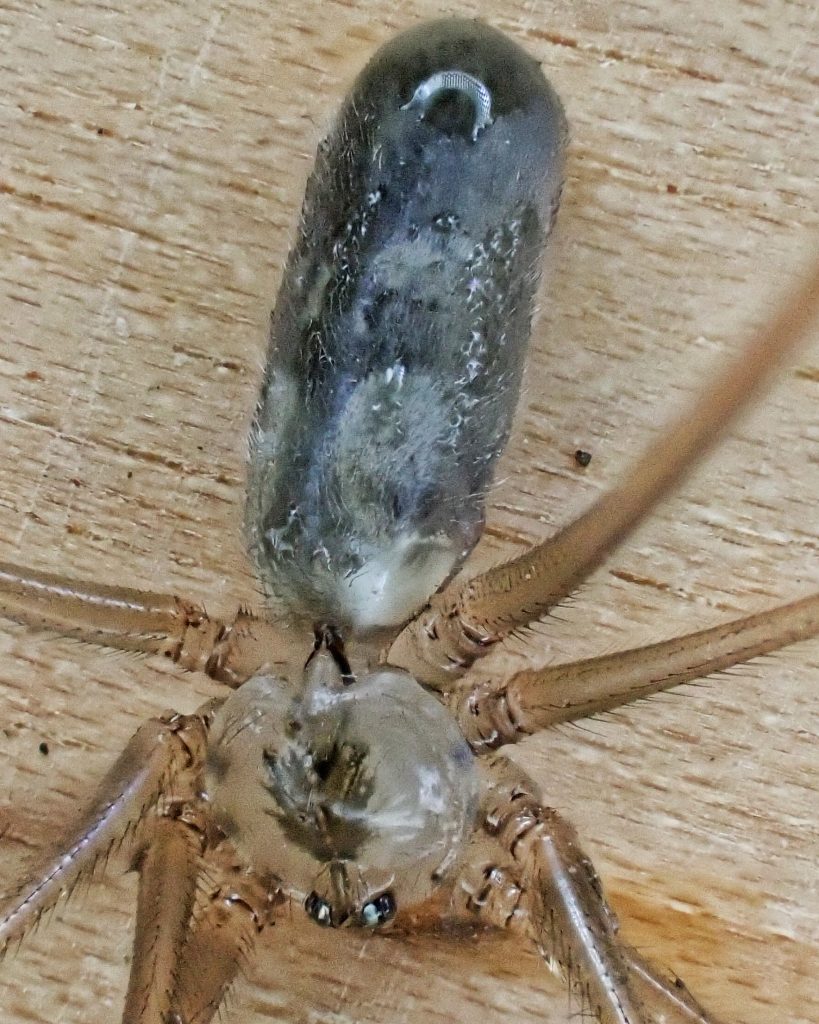
Adults active– Year around
Etymology of names– Pholcus is from a Greek word that may have actually meant ‘bandy-legged’, but at the time (1805) that Walckenaer described this genus was thought to mean ‘squint-eyed’, and most likely refers to the eye arrangement. The specific epithet phalangioides is from the Greek word for ‘resembling’, and the name of a genus of harvestmen, and refers to them both having very long legs.
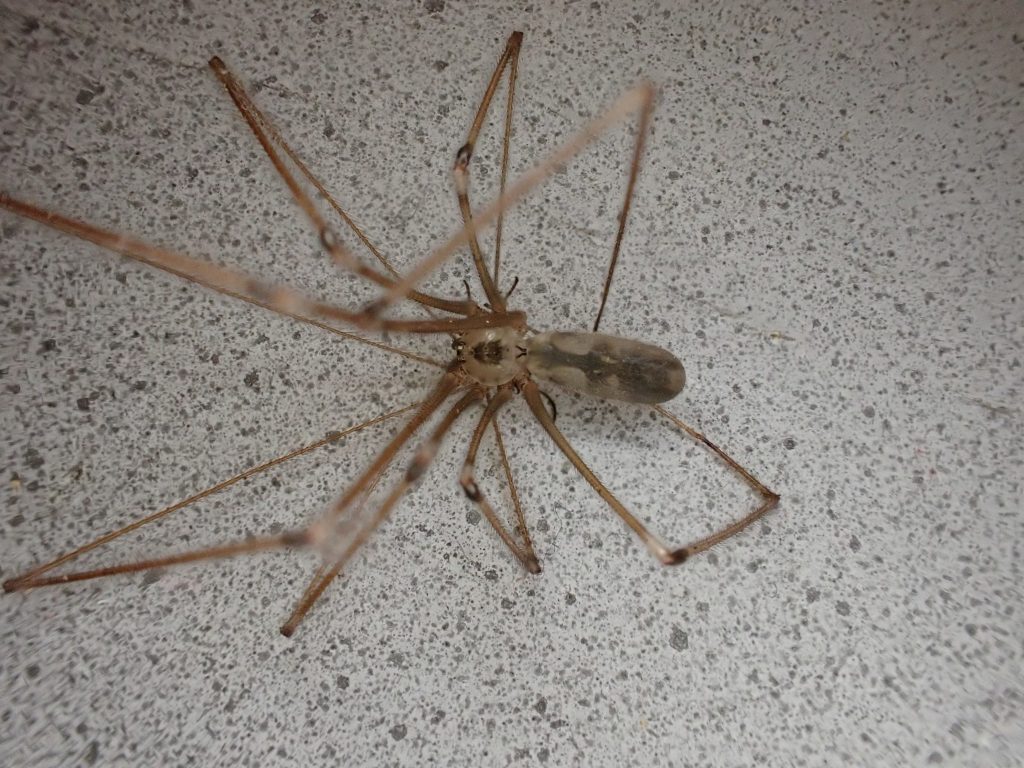
ADW: Pholcus phalangioides: INFORMATION
Species Pholcus phalangioides – Longbodied Cellar Spider – BugGuide.Net
https://extension.psu.edu/longbodied-cellar-spider/
Summary for Pholcus phalangioides (Araneae)
araneae – Pholcus phalangioides
https://en.wikipedia.org/wiki/Pholcus_phalangioides
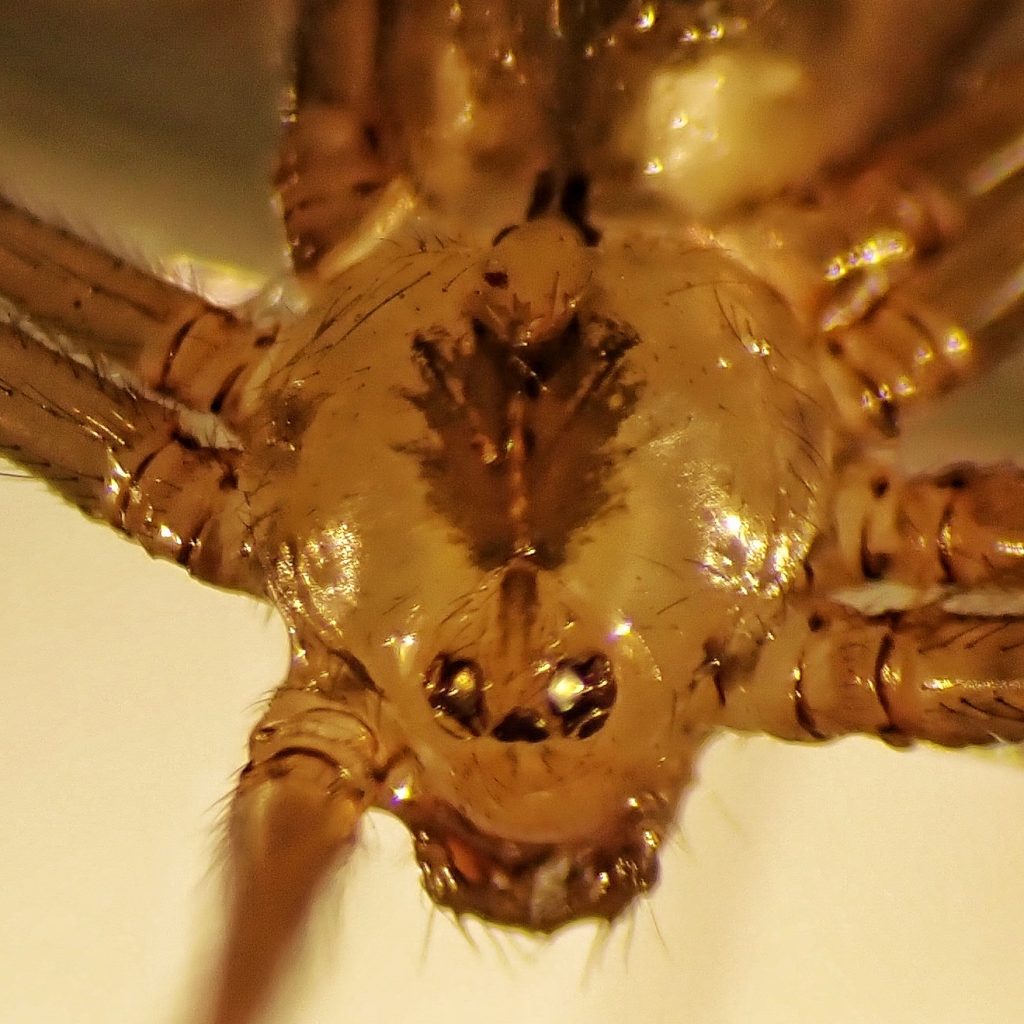
Large spiders of this type are capable of piercing human skin and can produce a nasty bite. Not terribly serious but certainly very unpleasant.
Yes they can, Ilse. But, as you said, it’s not serious, and they are not aggressive, so to me it’s not an issue.
I agree with you that outside, they aren’t a problem. But I have seen 2 people bitten on the face while they were sleeping, and they were nasty bites. Could have led to sepsis if they got infected. So, they’re not very good in the house.
I generally don’t kill spiders, but these I make an exception for in my house.
Do you know that it was P. phalangioides that bit them, Ilse? Did you see them with fangs in their face? I only ask because it seems unlikely that these spiders would leave their safe haven in their web to go attack a sleeping person. The only people I’ve heard of getting bitten by these were people messing with their web. And as far as sepsis goes, any open wound can become infected and become septic. Spider bites aren’t inherently more likely for that too happen, except that, like any arthropod’s bite, people tend to scratch them with hands and nails that are not exactly sanitary.
In one of the cases, yes. It was a witnessed bite.
In the other case, it’s not certain, but it was definitely a spider bite. They look….different.